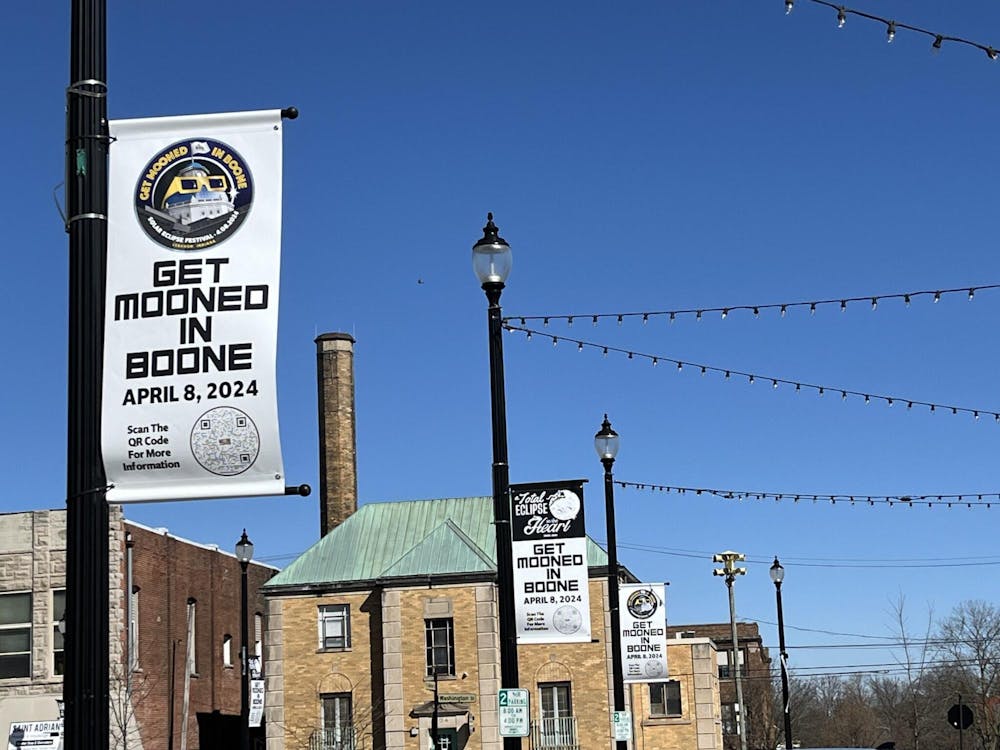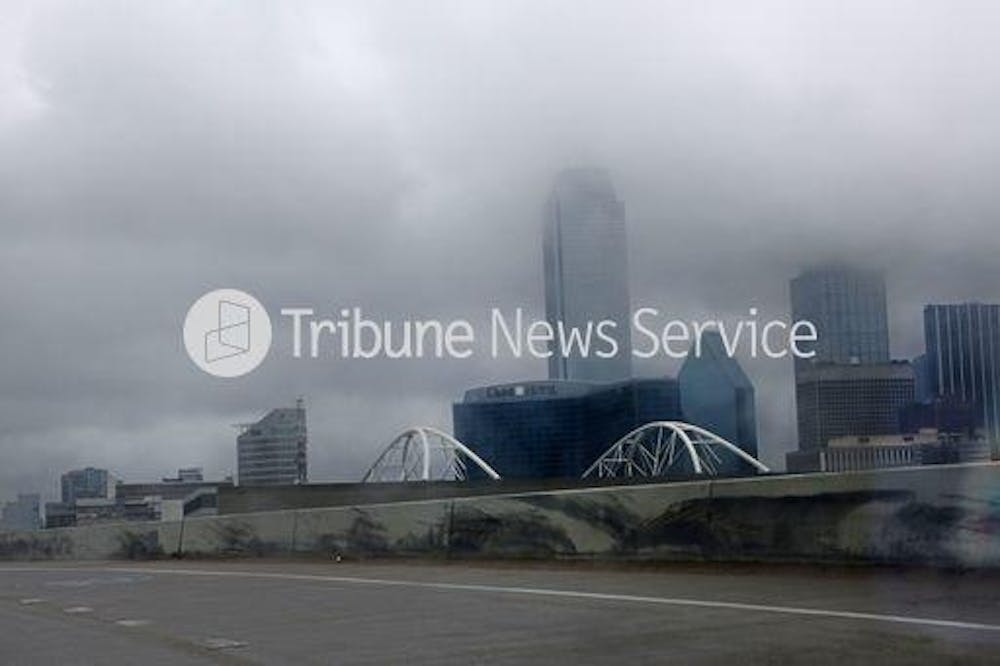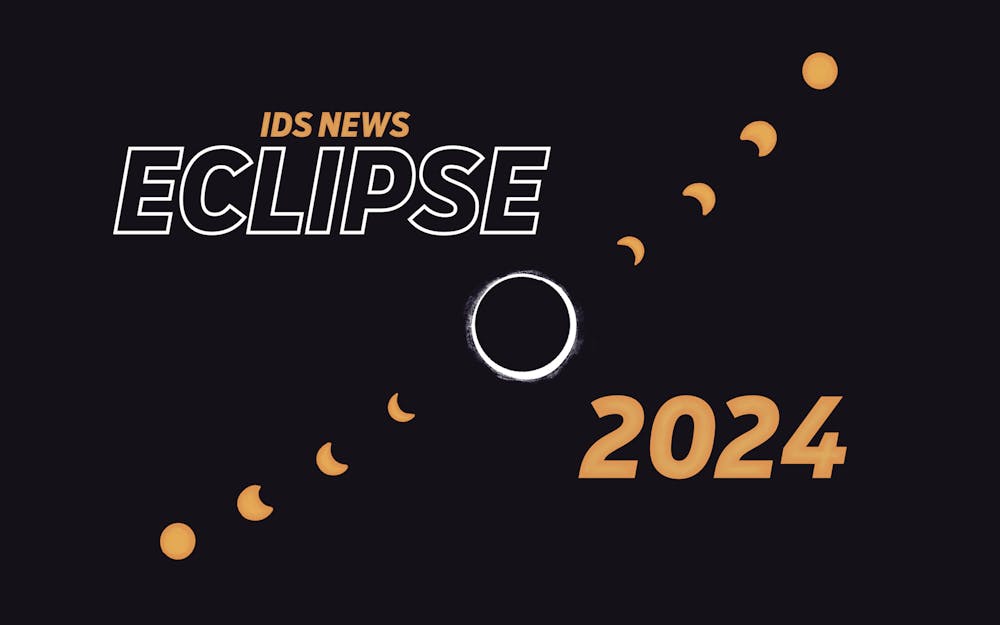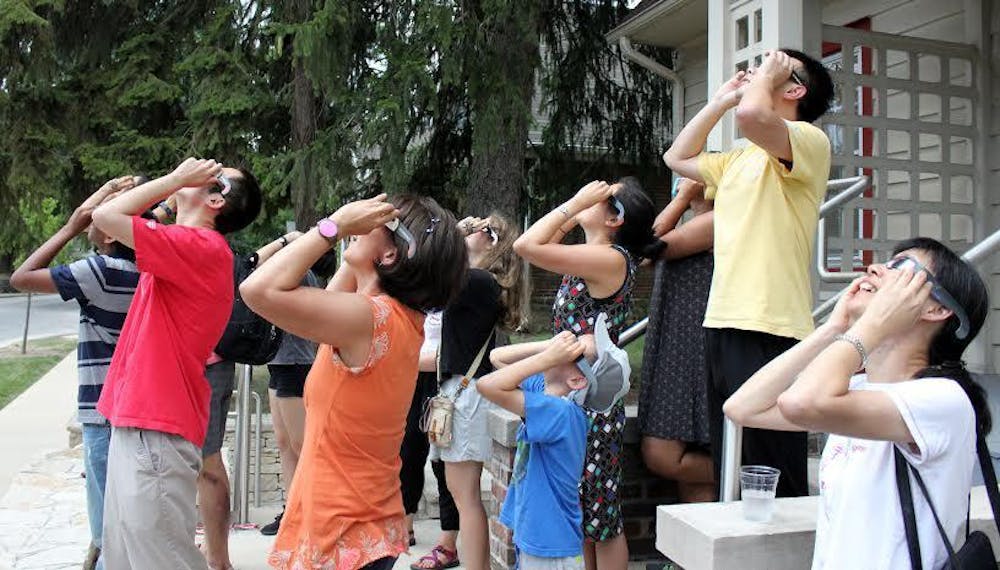Your local guide to the 2024 solar eclipse
On Monday, April 8 at approximately 3:04 p.m., a total solar eclipse will briefly obscure the sun in Bloomington. The moon will cover the sun for just over 4 minutes. The City of Bloomington expects 300,000 people to visit the city for the celestial event.
Viewers should not look directly at the eclipse, due to the damage the sun can do to eyes. To view it, people have to use special eclipse glasses, which are specially designed to filter out harmful levels of sunlight. Normal sunglasses will not work to view the eclipse.
The last total solar eclipse in Bloomington occurred in 1869. The next time the continental U.S. will experience a total solar eclipse will be in 2044, but the next time in Bloomington will be Oct. 17, 2153. There will also be an annular solar eclipse July 23, 2093. Annular solar eclipses occur when the moon is at the furthest point in its orbit away from the Earth, making it appear relatively smaller against the sun.
Jump ahead to...
More Stories

Monroe County and IU offer free eclipse text alert system

Hoosiers prepare to host total solar eclipse

William Shatner talks eclipse, emotional visit to space before visit to Bloomington

Local economic experts, businesses share plans for eclipse

Bloomington named a top viewing location for 2024 solar eclipse

Astronomer Phil Plait to lecture about upcoming eclipse Feb. 28.

Janelle Monáe to headline IU eclipse event

IU to cancel classes Apr. 8 to allow viewing of total solar eclipse

IU Center for Rural Engagement working on outreach for 2024 eclipse events
Terms to know
Solar eclipse
When the Moon passes between the Sun and Earth, partially or completely blocking the Sun's light. It is very cool!
Total solar eclipse
The moment when the Moon passes between the Sun and Earth, fully blocking the Sun. The sky will darken, similar to dawn or dusk.
Partial solar eclipse
The moon passes in front of, but only covers a portion of the Sun.
Corona
The upper atmosphere of the sun. When the Moon passes in front of the Sun, it will appear in a glowing halo around the Moon.
Umbra
The part of the moon's shadow on Earth, in which the Moon fully covers the Sun's surface.
Penumbra
A wider shadow on the Earth, where the Moon does not fully cover the sun.
Like what you're reading?
Support independent, award-winning student journalism.
Donate.



